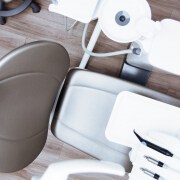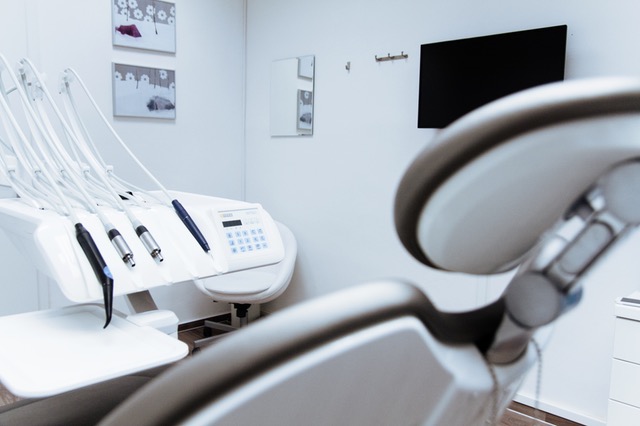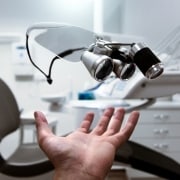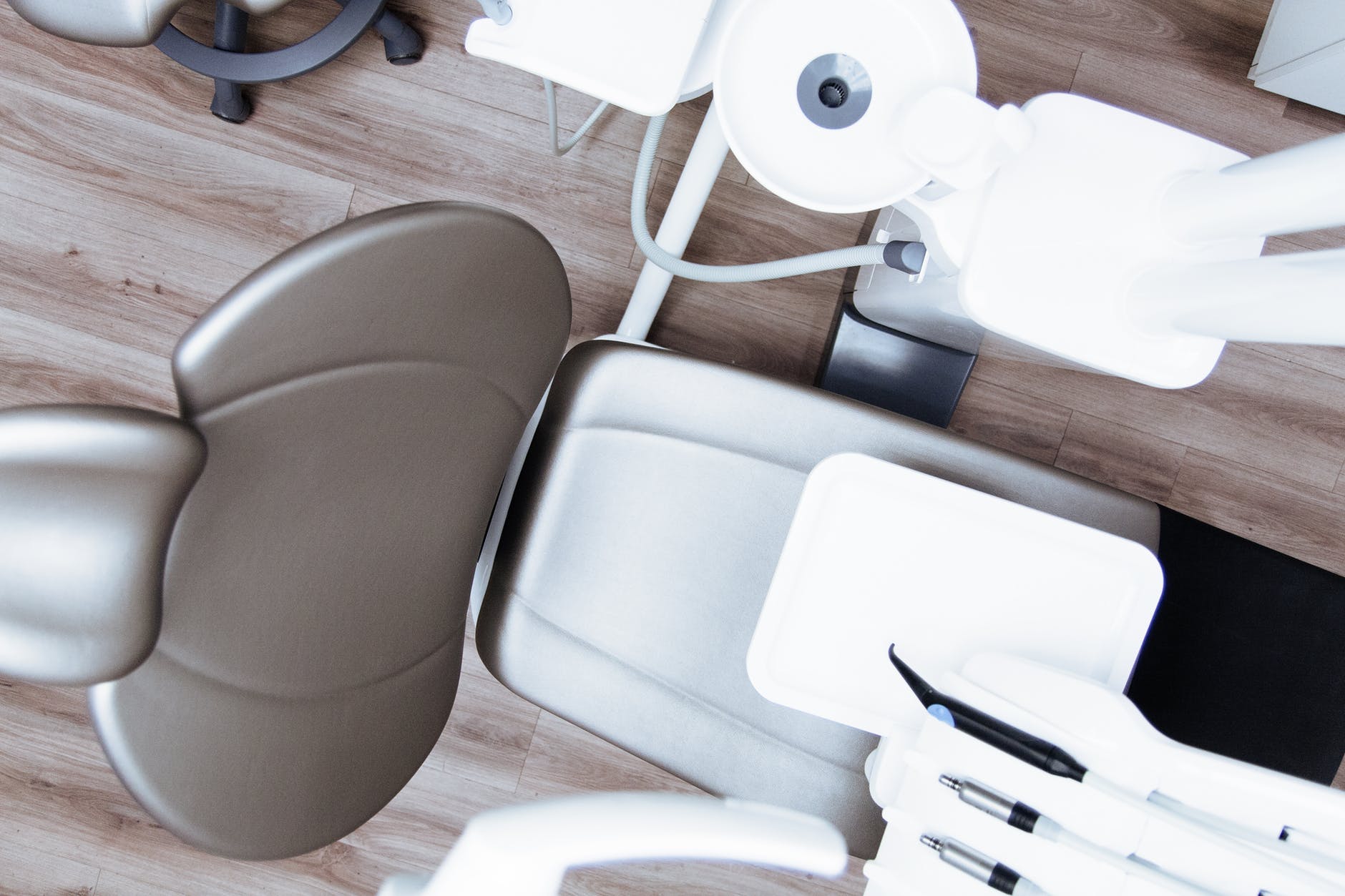Is All Orthodontic Treatment The Same?
Is All Orthodontic Treatment The Same?
Recently, you may have visited an orthodontist for the first time whether the consultation was about your kids or you. Also, it’s possible that you have an appointment slated for the near future. As a result, you may wonder what you should expect. In fact, you may want to know if all orthodontic treatment is the same.
The Short Response
The shortest response to your inquiry is no. All orthodontic treatment is not the same. Even if you have two children who are in need of braces, they may very well have different treatment programs. An appointment with the orthodontist is the only way to know for sure what your treatment plan will be and how it can vary. However, you can start to examine some of the factors that go into the option that the orthodontist will render the best one for you.
Issues with the Teeth
Braces are used to correct an assortment of issues with the teeth. For example, you might have crowding in your mouth, or your kids might have an under-bite. The exact methods used will vary depending upon what the issues are. When people think of braces, they may envision a one-size-fits-all solution, but this thought isn’t the truth. The fact that the braces and the program have to be crafted to your specific needs is proof as to why you must work with an orthodontist for this particular treatment plan.
Location of Braces
You might scoff at the idea that the location of braces could change from one person to the next. After all, you know that they belong on the teeth. However, one of your kids might need braces on the bottom teeth only; another may need braces on the top teeth only. Your third child may require braces on both the top and bottom teeth. The location of the braces depends upon what condition the patient has and what issues need to be corrected.
Type of Braces
If you’re thinking back to when you were a kid, you might picture metal brackets and wires as the only option. In the past, the options for braces were not as wide as they are today. Now, you could have those traditional models, but brackets that go on the back of the teeth are also available. In fact, orthodontists can offer braces that are invisible called Invisalign. Do keep in mind that not everyone is a candidate for all types of braces. Orthodontists must take into account the individual condition to determine if any one individual is a candidate for a certain type of braces.
Duration of Treatment
Some people may need to wear braces for several years, and others may have their issues corrected in a number of months. The exact amount of time the process takes depends upon what the issues are with the teeth in the first place. Orthodontists must determine a program of treatment based upon the individual patient. In other words, you might want to know how long you’ll need to go to the orthodontist for while you’re scheduling the first appointment, but that information isn’t available yet.
Number of Visits
It is not as though you get the braces put on and then don’t return to the orthodontist until it’s time to have them removed. Regular visits are generally a part of an orthodontic plan. However, the frequency of the appointments can vary based upon the type of braces that are worn and the condition. For example, brackets are often changed on a regular basis, and your kids can pick out new colors for their braces. Other methods may require fewer appointments.
Restrictions
If you had braces as a child, you might remember that you weren’t allowed to eat certain foods. For example, you may have had to surrender gum. The dietary restrictions depend upon the type of braces that your kids or you have. Certain foods can interfere with the braces, or these culinary items can get stuck in the braces. Therefore, what can and cannot be consumed depends upon the types of braces used.
Cost
When you’re researching prices for braces and seeing some hefty sums attached to the estimates, you can build confidence in knowing that prices can vary greatly for braces. For example, the amount of time for which the braces are worn and the type of braces that are worn play significant roles in the overall cost. Also, different practices may offer discounts or payment plans, and you can also look into your insurance to see what percentage of the treatment is covered. You may discover that your insurance will pay for the entire program.
Aftercare
Once the braces are removed, the process is not necessarily over. Patients may need to wear a retainer for a certain portion of the day or have other dental processes done so that their newly straightened teeth do not return to a crooked state. While you may have some time to go until you get to the aftercare stage of braces, you could always ask so that you and your family know what to expect next.
Fix Your Smile Today
Contact Gorton & Schmohl Orthodontics today to set up your consultation. There’s no reason to put off a visit to our helpful team of professionals. It is our goal to help you make the most of your smile.
When your teeth are aligned properly and your jaw is flowing smoothly, you will find more reasons to flash those pearly whites every day. Let Gorton & Schmohl Orthodontics be your partner in good oral hygiene.
Gorton & Schmohl Orthodontics
900 Larkspur Landing Circle, Suite 200,
Larkspur, California 94939
415-459-8006







![Will having [teeth removed] ruin my face? 7 Will having [teeth removed] ruin my face? 3](https://marinortho.com/wp-content/uploads/2018/10/woman-933488_960_720-180x180.jpg)
![Will having [teeth removed] ruin my face? 8 Will having [teeth removed] ruin my face? 4](https://marinortho.com/wp-content/uploads/2017/12/pexels-photo-312492.jpeg)
![At What Age Do [Baby Teeth] Normally Fall Out? 9 At What Age Do [Baby Teeth] Normally Fall Out? 5](https://marinortho.com/wp-content/uploads/2018/10/girl-rabbit-friendship-love-16093320152329-180x180.jpeg)
![At What Age Do [Baby Teeth] Normally Fall Out? 10 baby teeth](https://marinortho.com/wp-content/uploads/2017/11/girl-rabbit-friendship-love-160933.jpeg)